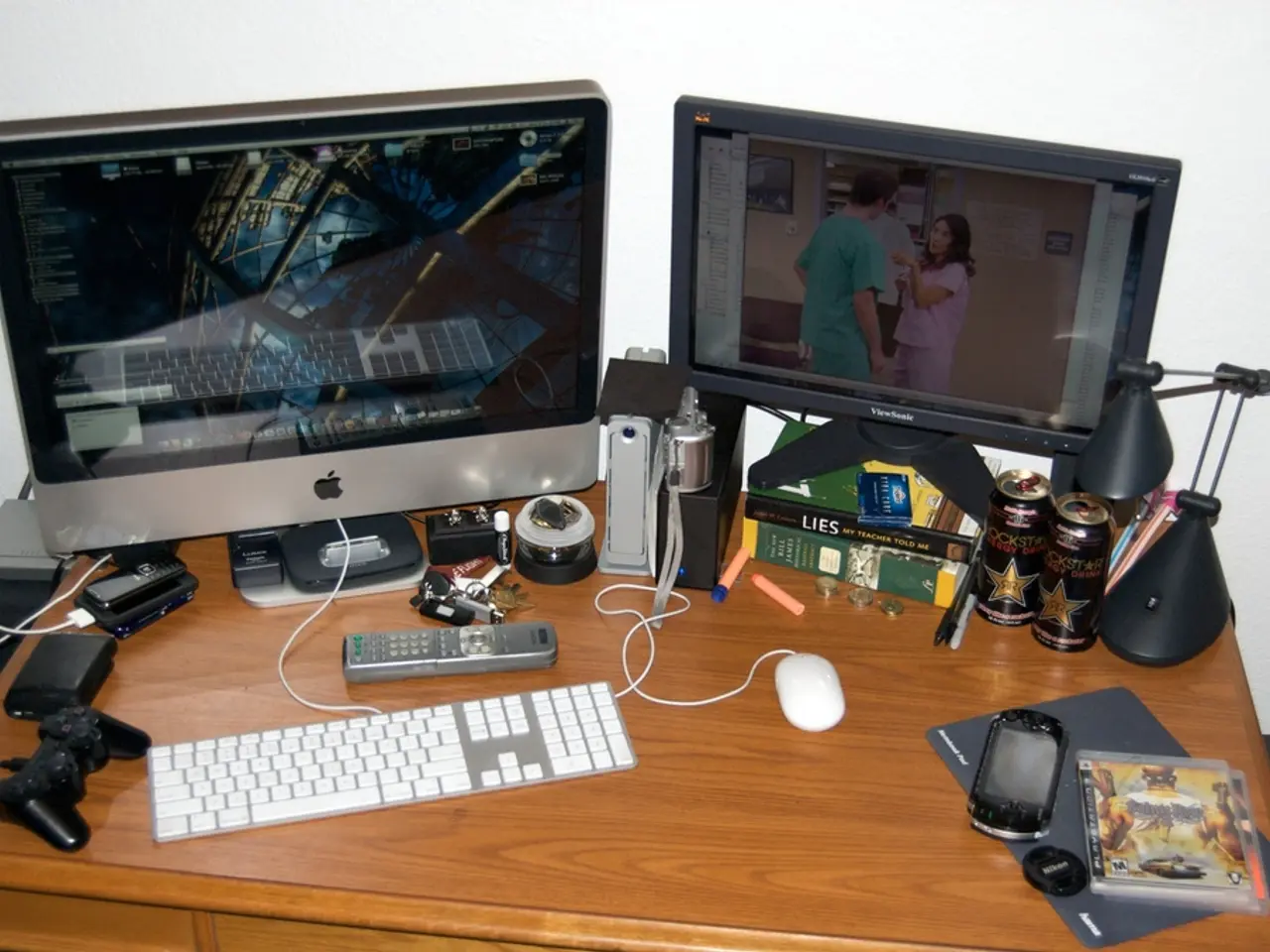Fifteen Key Components of Augmented Reality
Augmented Reality (AR) is an innovative technology that overlays digital elements onto the real world, enhancing our physical environments with virtual content. This transformative technology has found applications in various industries, including healthcare, education, entertainment, retail, and advertising.
AR in Everyday Life
AR can be experienced through various devices, such as smartphones, tablets, head-mounted displays (HMDs), and smart glasses. For instance, using a smartphone to see virtual furniture in a real room or digital star names in the night sky is a common AR application. The virtual elements change based on user inputs or movement but remain separate from the real scene. AR is often used for navigation, retail visualization, education, and simple interactive experiences.
Virtual Reality vs. Mixed Reality
AR differs from Virtual Reality (VR) and Mixed Reality (MR) in the level of immersion and interaction between the real and digital worlds. While AR overlays digital elements onto the real world without fully immersing the user, VR provides a fully immersive digital environment, replacing the physical world entirely with a virtual one. On the other hand, MR blends the real and virtual worlds more integrally than AR by allowing digital and physical objects to coexist and interact in real time.
| Aspect | Augmented Reality (AR) | Mixed Reality (MR) | Virtual Reality (VR) | |------------------------|---------------------------------------|--------------------------------------------------|--------------------------------------| | Immersion Level | Partial: overlays digital on real | Greater: blends and anchors digital with real | Full: replaces real world entirely | | Interaction | Limited: virtual content overlays only | Interactive: virtual and real objects coexist and interact | Fully virtual interactions | | User Environment | Real world enhanced with digital | Hybrid environment with real-virtual fusion | Fully virtual environment | | Applications | Navigation, retail, simple interfaces | Design, simulations, training, collaboration | Gaming, training, virtual tours |
AR enhances reality without deep interaction, MR integrates and interacts with the physical world creating hybrid experiences, and VR immerses users completely in a digital environment.
The Future of AR
AR technology includes 15 elements: Real-world Environment, Hardware Devices, Sensors, Computer Vision, Marker or Image Recognition, Display, Processing Power, Software Applications, Cloud Computing, Networking, Interaction Methods, 3D Models and Content, AR SDKs, Geolocation Services, ARML, and Holography. Despite its rapid evolution in recent years, technical limitations, such as ergonomics, battery life, processing power, and dynamic range, need to be overcome for AR to reach its full potential.
Designing for AR requires a deep understanding of the user's context, environment, and the physical world. AR needs to seamlessly integrate with other technologies, such as VR and AI, to create a truly immersive experience. With advancements in computer vision, machine learning, and holographic optical elements, the future of AR looks promising, offering endless possibilities for transforming our daily lives.
[1] Milgram, P., & Kishino, F. (1994). A taxonomy of mixed reality. IEEE Computer Graphics and Applications, 14(6), 24-34.
[2] Azuma, R. (1997). A survey of augmented reality. Presence: Teleoperators & Virtual Environments, 6(4), 355-385.
[3] Fitzmaurice, M. P., & Wetherbe, J. L. (2018). Augmented reality for healthcare: A systematic review. Journal of Medical Internet Research, 20(10), e241.
[4] Kato, D., & Billinghurst, M. (2010). Mixed reality: A survey. Presence: Teleoperators & Virtual Environments, 19(5), 577-604.
- Science and finance are likely to play a significant role in overcoming technical limitations of AR, such as ergonomics, battery life, processing power, and dynamic range, to unlock its full potential.
- In the future, technology such as computer vision, machine learning, and holographic optical elements may enable AR to seamlessly integrate with other technologies like VR and AI, creating a more immersive education-and-self-development experience.
- As AR advances, it will revolutionize various industries, including finance, industry, and education-and-self-development, by providing gadgets that offer innovative learning opportunities and improved gadget design through virtual prototyping.




